Blue Elderberry, Mexican Elderberry, or Tapiro is a deciduous shrub or small tree, growing up to as tall as 30 feet. It is native from Oregon to Baja all the way to western Texas. It has cream or yellow flowers in the spring and purple berries in the fall. Its berries are one of the most important source of food for birds in California. Blue Elderberry is tough, easy to grow, and grows very rapidly. It can grow from a 1 gallon container to a 15 foot tree in 3 years if happy. It handles a variety of different soil moisture levels once established. It can handle permanently moist soil near stream sides or seeps, and will thrive next to or in regularly irrigated areas. Once established, it also grows well in fairly dry soils, though in drier conditions it will normally go deciduous or semi-deciduous in the summer and fall, and green up in the early winter. Drought-stressed Blue Elderberry’s often end up more attractive than ones that get plenty of year round water, frequently developing interesting gnarled branches and thicker though shorter trunks over time. It likes part shade or sun, and will tolerate full shade, though in full shade it will look rangy as its branches search out for more sun. Description from calscape.org
Home > Plant Guide >
Scientific Name
Family
Garden Type
Wildlife
Native Plant Region
Light needs
Water Needs
Plant Type
Bloom Color(s)
Height
Width
Months in Bloom
Safe Beneath Power Lines?
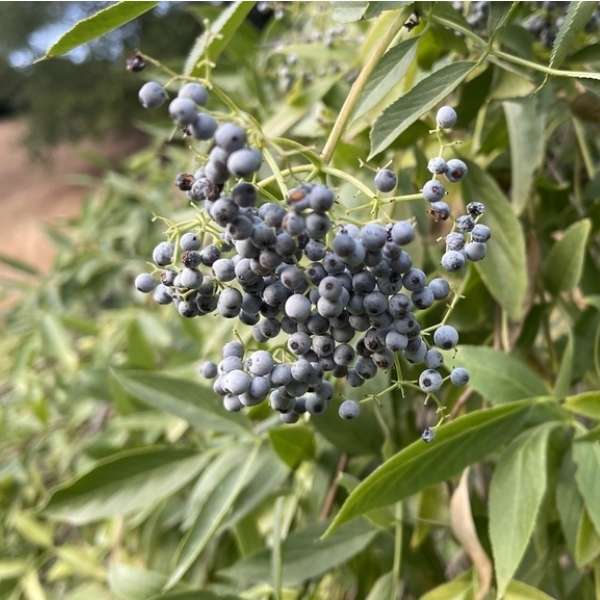
We’d like to maintain accurate and robust plant listings. If you see information that is not correct or that could be added to improve the listing, please let us know. Or if you’d like to suggest a plant to add to our plant guide, you can use this form do so. Thank you!
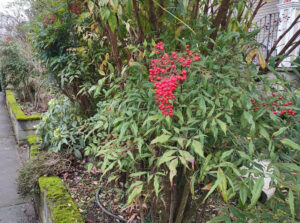
Some introduced plant species can diminish biodiversity. Other plants produce poisons that can harm wildlife. Learn what plants to avoid when figuring out what to plant or remove in your outdoor space.
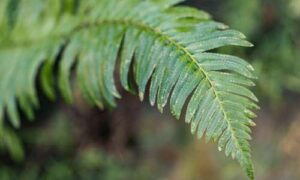
Despite the urban character and the high population density, a surprising diversity of life exists in Capitol Hill. Explore a few physical aspects of our urban ecosystems and meet some of its more-than-human residents.

Learn about diversifying the way architecture is taught and practiced from designers of color.
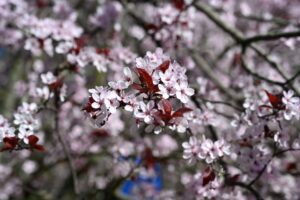
Gardeners can check out seeds for free from the library to plant. Then after harvest, gardeners bring seeds back to the library for others to enjoy in future growing seasons.
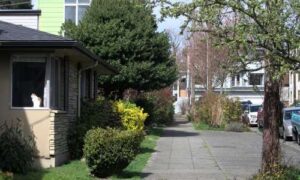
Do you wonder how a cat can be happy indoors? This presentation will give you a better understanding of cat behavior and the confidence that an indoor cat can be a happy cat.
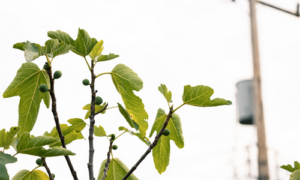
Learn about the diversity in pigeon populations in the United States and the implications of this variability on the species.
Nature of Your Neighborhood is a collaboration between Birds Connect Seattle, the Capitol Hill EcoDistrict, and the Seattle Bird Conservation Partnership. Our goal is to foster relationships between the people and the nature of their neighborhoods.